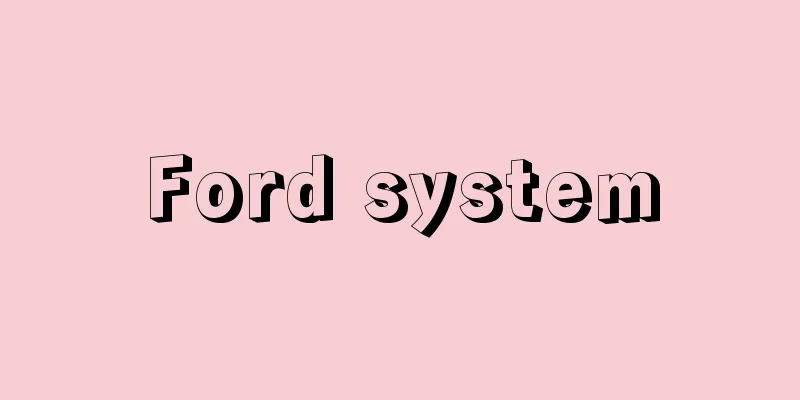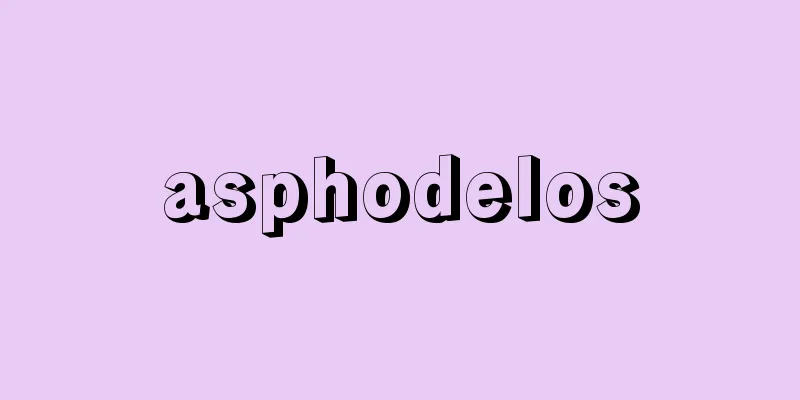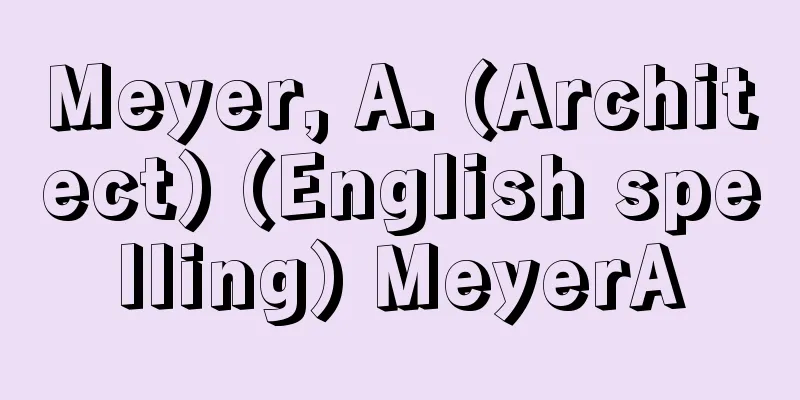Chin

|
〘Noun〙 A breed of dog. A small breed weighing 2-3 kilograms. It has a wide forehead, and its eyes and nose are aligned in a straight line. Its body is covered in black and white or brown and white spots, and is covered in long, silky fur. It was imported from China during the Nara period, and was actively bred during the Edo period. It is exported overseas as a Japanese specialty, but today many superior breeds are produced in England and America. It has a weak constitution and is difficult to breed. Used as a pet. A small dog. ※Ukiyo-zoshi, Danshoku-Daikan (1687), 2 "He held a pet penis under his arm" [Eloquence] (1) In China, it was called " (wa) ", " Wako ", "Wako", "Fara-bokunou", etc., and was introduced to Japan long ago, as seen in "Nihonkiryaku - Tencho 1st year, April 17th" and "Ruijukokushi - 194, Shuzoku, Bohai-ka, Tencho 1st year, April, Hei-shin". It is written as "Wakou" in "Shogenjiko Setsuyoshu" and "Hama-bibi-gou" in "Rigenshuran", but these are also likely to have been written as "Hakou". (2) In the Edo period, in addition to the kana notation, the notation "Chin" also appeared. This character was used in China to refer to a certain ethnic minority group in the southwest during the Ming and Qing dynasties, but was it a separate character created in Japan? (3) Expressions such as "chinkusha" (from the distinctive face) and " chinneko babaa" (from the affable nature of the Chin cat) were born. Also, the term "chinkoro" was used to refer to a broader range of puppies because of their small size. Source: The Selected Edition of the Japanese Language Dictionary About the Selected Edition of the Japanese Language Dictionary Information |
|
〘名〙 犬の一品種。体重二~三キログラムの小形種。額が広く、眼と鼻が横に一直線に並ぶ。体毛は黒と白または茶と白のぶちで、絹糸状の長毛でおおわれる。奈良時代中国から輸入され江戸時代に盛んに飼育。日本の特産種として外国に輸出されるが、現在ではイギリス・アメリカに優良種の産出が多い。体質が弱く繁殖はむずかしい。愛玩用。ちんころ。※浮世草子・男色大鑑(1687)二「小脇に手飼のちんをいだき」[語誌](1)中国では「(ワ)」「猧(ワ)子」「猧児」「払菻狗」などと呼ばれ、「日本紀略‐天長元年四月一七日」「類聚国史‐一九四・殊俗・渤海下・天長元年四月丙申」に「子」と見えるように古くに日本へ伝来した。「書言字考節用集」に「矮狗」、「俚言集覧」に「馬鐙狗」などの表記があるが、これらも中国にならったものであろう。 (2)江戸時代には仮名表記のほか「狆」という表記も現われた。この字は中国では明・清時代の西南のある少数民族を指す字であったが、それとは別に日本で作られたものか。 (3)特徴的な顔つきからの「ちんくしゃ」や、人になつく性質からの「狆猫婆(ちんねこばばあ)」などの表現が生まれ、体躯が小さいところから「ちんころ」に広く子犬を指す用法も生じた。 出典 精選版 日本国語大辞典精選版 日本国語大辞典について 情報 |
Recommend
Bill exchange
This is a system of exchange settlement in which m...
OPEC - OPEC
Organization of Petroleum Exporting Countries. Fou...
Mu'izzi (English spelling)
...This system was continued by the Ghaznavid and...
Ironsi, A. (English spelling) IronsiA
...Against this political turmoil, a military cou...
Mula Sankara (English spelling)
…Modern Indian religious reformer. Also known as ...
Settlement - Kyoryuchi
A region where a country that did not allow forei...
relative deprivation
…In Japan, what is called the standard cost of li...
Publications of the Mathematical Society of Japan
…It has become one of the most popular magazines ...
Plastic Film
Various synthetic resin film packaging materials. ...
Huari
…This culture was established at the end of the 1...
Ananassa - Ananassa
… [History of cultivation] The use of wild strawb...
Allen, Louis Alexander
Born October 8, 1917 in Nova Scotia, Canada. Manag...
Fly mold (Entomophthora muscae)
Phycomycetes, order Entomophytic Phycomycetes, fam...
Katzenmusik - Katzenmusik
…The origin of the French word “charivari” is unc...
Cimicifuga simplex (English name)
A perennial plant of the Ranunculaceae family, wid...






![Date [town] - Date](/upload/images/67cc22f182f65.webp)


